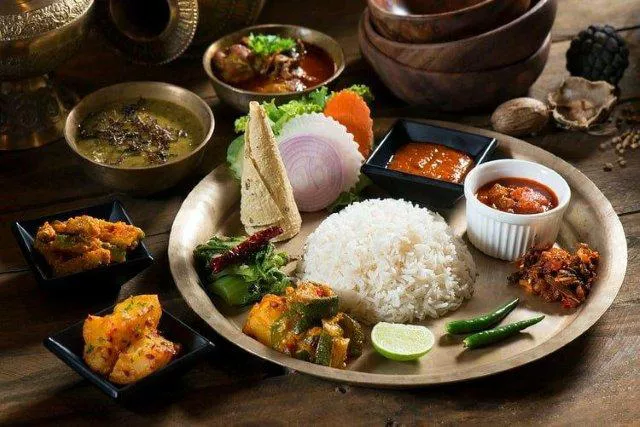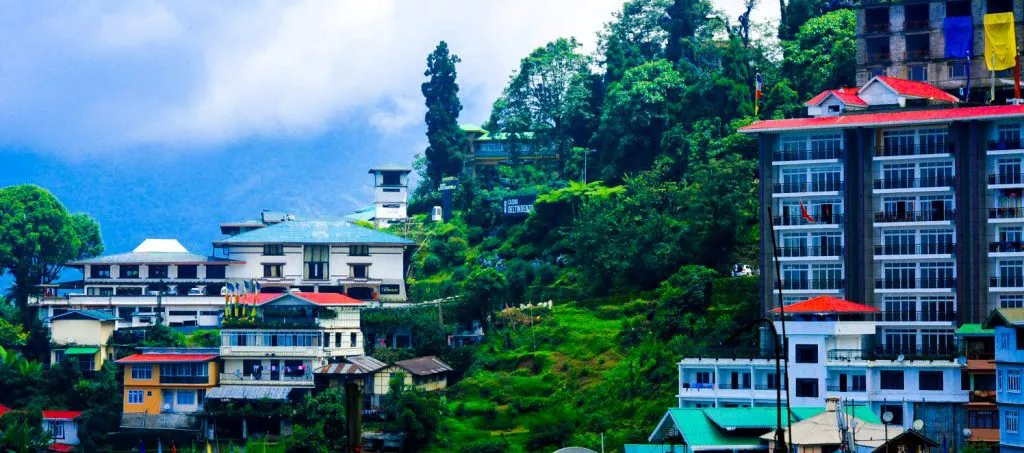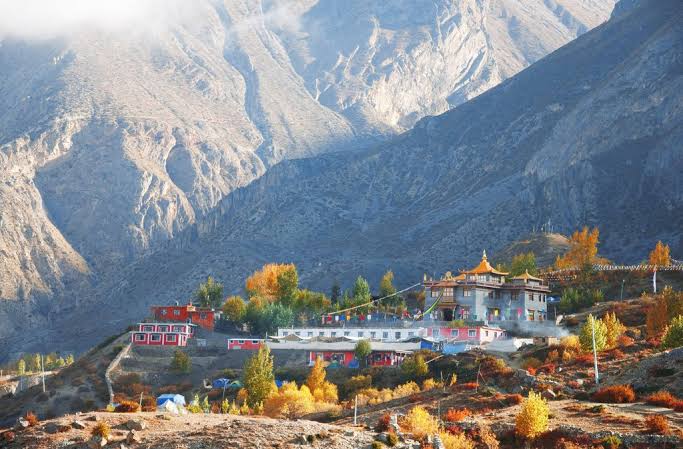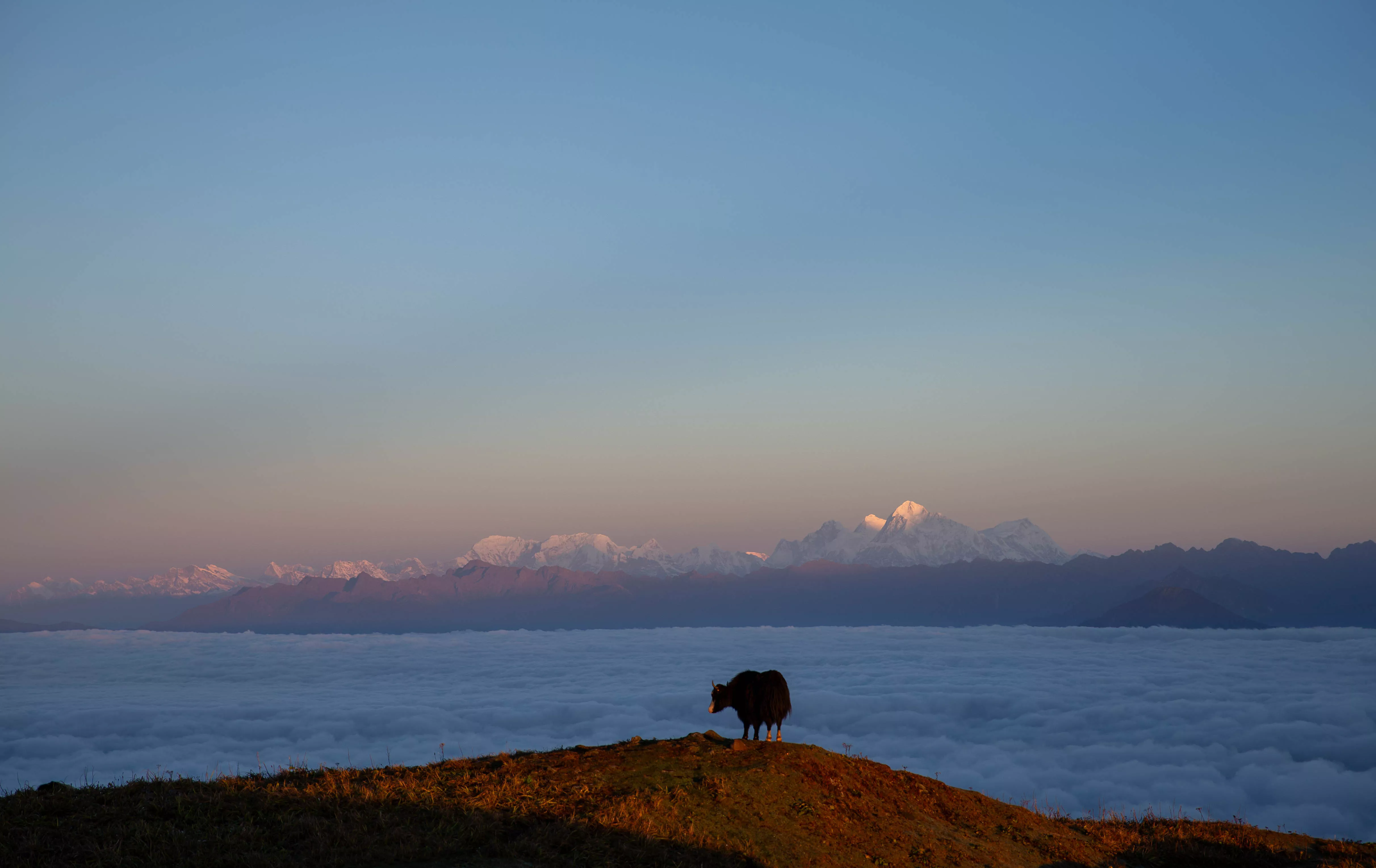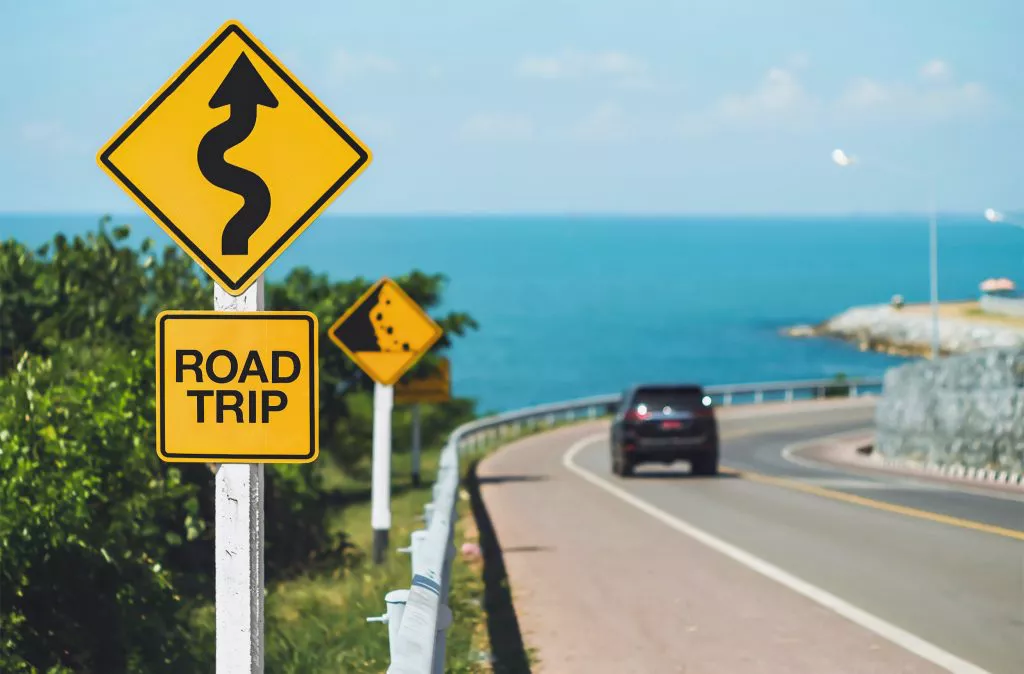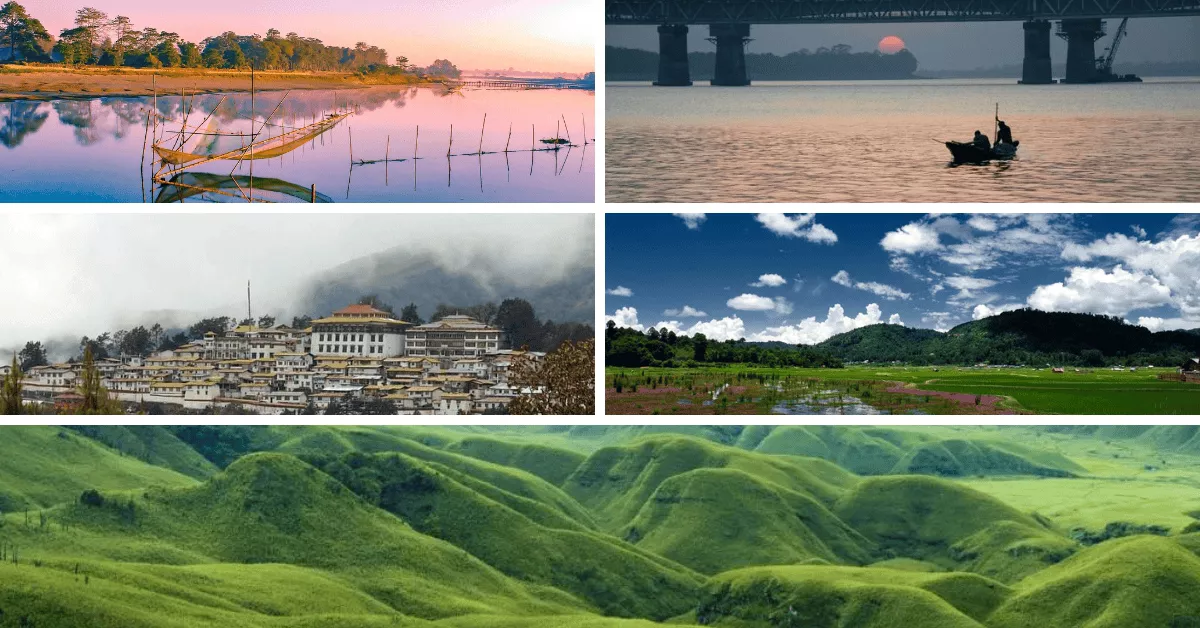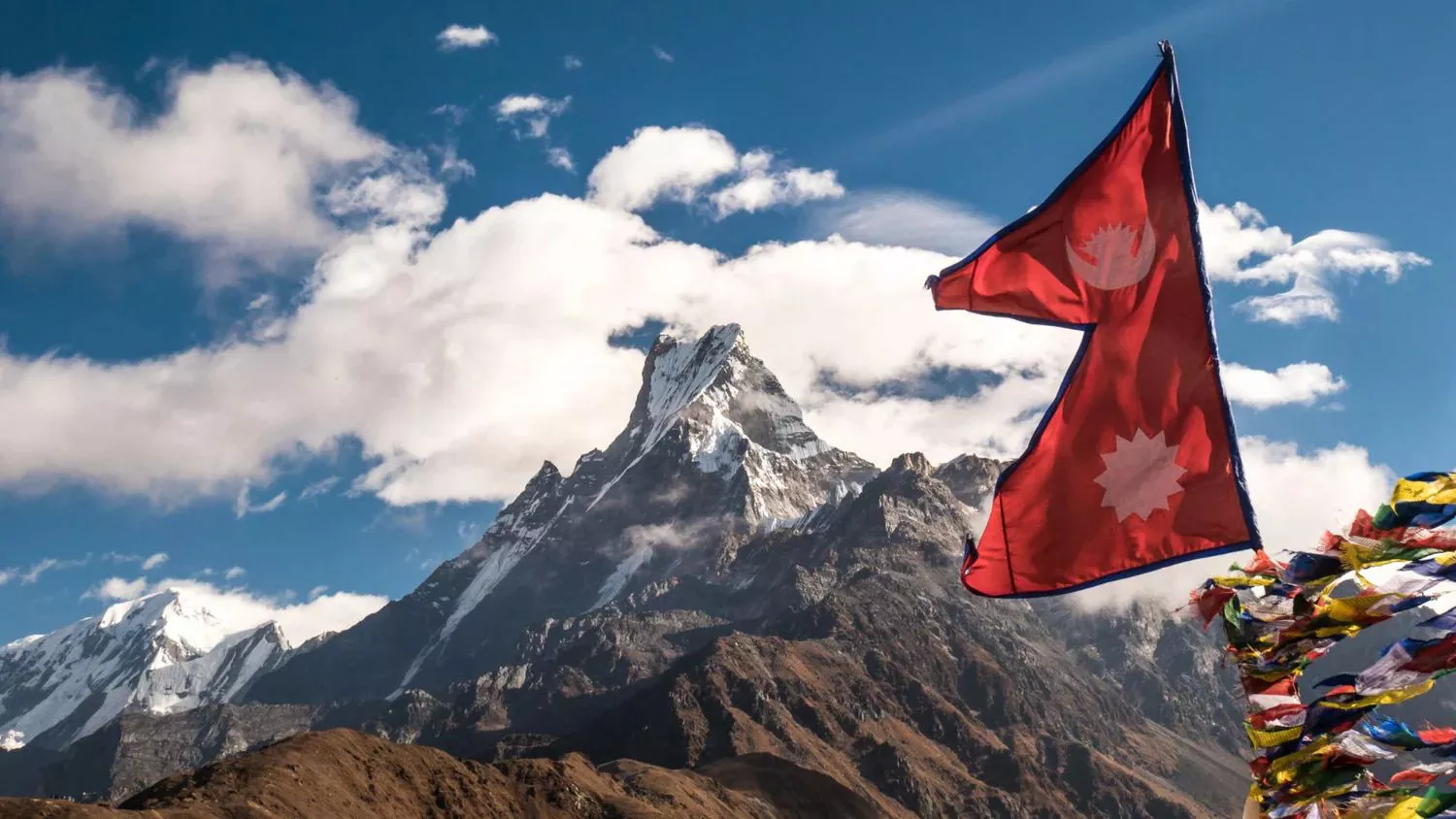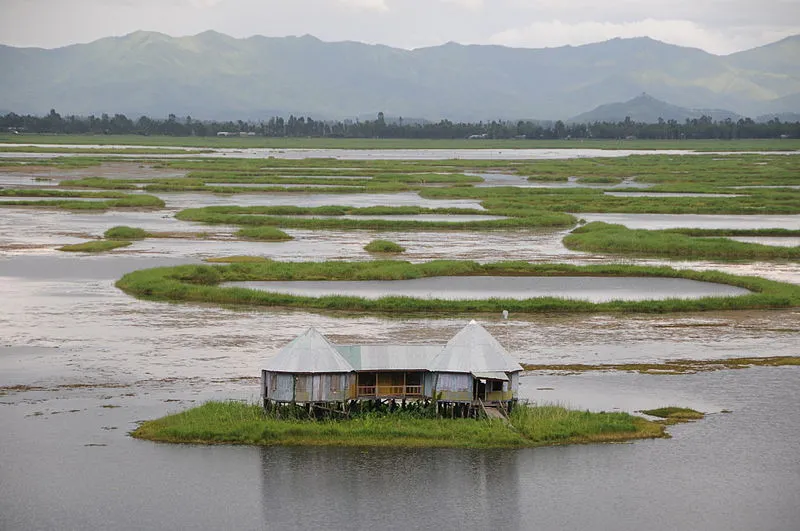
Loktak Lake is the largest freshwater lake in Northeast India and is famous for the phumdis (heterogeneous mass of vegetation, soil and organic matter at various stages of decomposition) floating over it. Loktak Lake is located at Moirang in Manipur state, India. The etymology of Loktak is Lok "stream" and tak "the end". The largest of all the phumdis covers an area of 40 km2 and is situated on the southeastern shore of Loktak Lake. Located on this phumdi, Keibul Lamjao National Park is the only floating national park in the world. Loktak Day is observed every year on the 15th of October at the periphery of the Loktak lake.
Loktak Lake, Manipur
From Sendra Island, visitors get a bird’s eye view of life on the Loktak Lake on small islands that are actually floating weeds associated with which are various aspects of life of the local inhabitants. The local dwellers live in the backdrop of the shimmering blue waters of the Loktak Lake, labyrinthine boat routes and colorful water plants. The Sendra Tourist Home with an attached Cafeteria is a sought after tourist spot. Boating and other water spots are organized here at Takmu Water Sports Complex.
This ancient lake plays an important role in the economy of Manipur. It serves as a source of water for hydropower generation, irrigation and drinking water supply. Loktak Lake is also a source of livelihood for the rural fishermen who live in the surrounding areas and on phumdis, also known as "phumshongs".
This Lake is a birder’s paradise. The most commonly sighted birds in the region include black kite, northern hill myna, East Himalayan pied kingfisher, lesser skylark, lesser eastern jungle crow, Burmese pied myna, and more.
Loktak Lake
Loktak Lake is now endangered, with innumerable threats like pollution, decline in diversity of avifauna and thinning of phumdis. All this, in turn, threatens the Sangai deer. Phum Shang, an investigative documentary directed by Hao Bam Pabankumar, which examines the serious environmental concerns facing Loktak Lake, won the Golden Conch award for Best Documentary in the Mumbai International Film Festival recently.
Loktak Lake lies in Bishnupur District which is 48 kms from Imphal. A day spent at Loktak Lake is a lifetime of memory. Natural capture fishery without the requirement of any lease or licence was also in vogue in the lake. Loktak Lake fishery is now a mixture of capture and culture systems. Nine mini-hatcheries opened by the State Government have the capacity to produce one million fish fingerlings in a day. Fifty percent of the fingerlings produced were released into the Loktak Lake and the balance was distributed to beneficiary fishing committees.
Loktak Lake is a must visit place for biodiversity lovers. At the Ithai barrage outlet of the Lake, the direct catchment area draining into the lake is 980 km2. The area of the lake is 236.21 km2. The Lake is divided into two zones, namely, the "Core Zone" which is the no-development zone and the balance area is called the "Buffer Zone".Within the lake and on its periphery, there are 14 hills of varying size and elevation; in the southern part of the lake are the Sendra, Ithing and Thanga islands.
Geographically, in terms of biodiversity and pressure of human activities, the lake is broadly divided into northern, central and southern zones as elaborated below. The Northern Zone, extending from eastern side of Nambol River has five main streams flowing into the lake.
Phumdis in the Lake
The Central Zone, extending from Awang Laisoi pat to Laphu pat encloses prominent islands of Thanga, Karang and Ithing. It has some sub zone viz Laisoi, Awangsoi, Yennapat, Tharopat etc. It is the main open water zone of the lake, which was constructed by villagers for fishing have proliferated choking the entire lake.
The Southern Zone encompasses the Keibul Lamjao National Park, Ungamel and Kumbi pats at the southern part of the lake and the zone is linked with Khuga River by the Ungamel channel. The Imphal River is also linked with this zone by the Khordak channel. The western catchment drained by the Kangshoibi River flows into this zone. Proliferation of phumdis has been observed near the mouth of Ungamel channel, Kumbi pat, Nongmaikhong and Khordak area.
Loktak Lake is fed by the Manipur river and several tributaries and ‘Ungamel Channel’ (Ithai Barrage) is its only outlet now. The origin of the Manipur river system and its tributaries, which flows in a north-south direction and drains into the lake is from the hill ranges immediately to the west of the lake. The five major rivers with indirect catchment area of 7,157 km2 are the Imphal, the Iril, the Thoubal, the Sekmai and the Khuga. The other major streams which drain into the lake and which bring in lot of silt are the Nambul, the Nambol, the Thongjarok, the Awang Khujairok, the Awang Kharok, the Ningthoukhong, the Potsangbam, the Oinam, the Keinou and the Irulok. The Lake, located on the southern side of the Manipur river basin, is at the lowest elevation in the valley and no other major river flows into the lake, except a few rivulets.
The Loktak lake and its precincts have faced serious problems due to loss of vegetal cover in the catchment area and construction of Ithai barrage at the outlet of the lake for multipurpose development of water resources. The issues are further elaborated below.
The degradation of the catchment area has occurred. Deforestation and shifting cultivation in the catchment areas have accelerated the process of soil erosion resulting in the lake’s shrinkage due to siltation. The annual silt flow into the lake is estimated to be 336,350 tons.
Click below to know more for Loktak Lake:
https://www.tourgenie.com/discover/discover-manipur/Loktak-lake-sightseeing
https://www.tourgenie.com/discover/discover-manipur/Loktak-sightseeing
Click below to check packages for Loktak Lake:
